Audi Hungaria starts operation of Europe’s biggest solar roof installation
Green Car Congress
OCTOBER 8, 2020
The first is the switch to green power, which has taken place thanks to the commissioning of Europe’s biggest photovoltaic roof installation and the supply of electricity from renewable sources. Since 2015 the company has made use of 250 gigawatt-hours of geothermal energy, reducing emissions of CO2 by 50,000 tonnes.

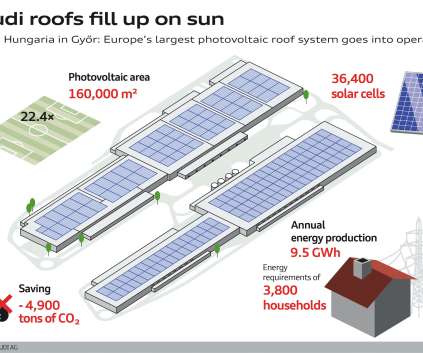

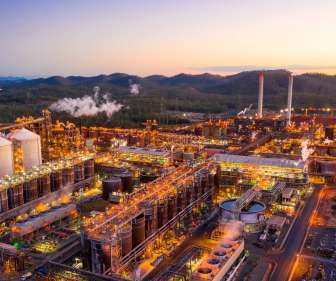






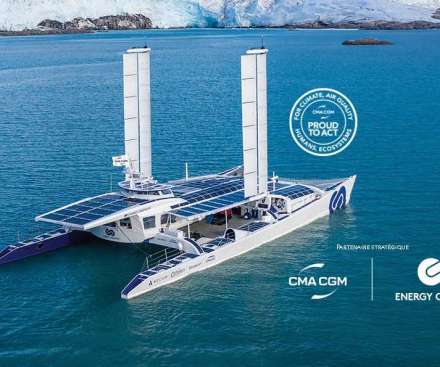








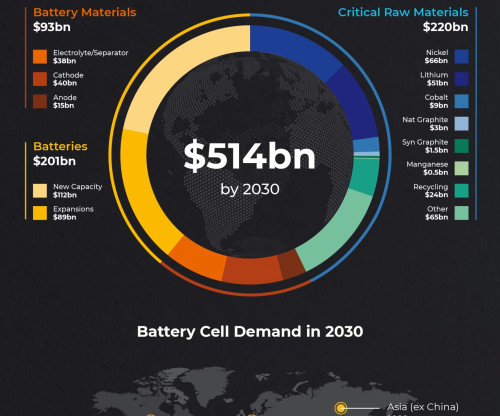







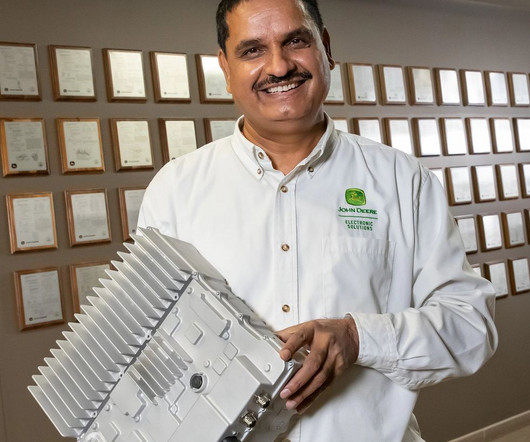

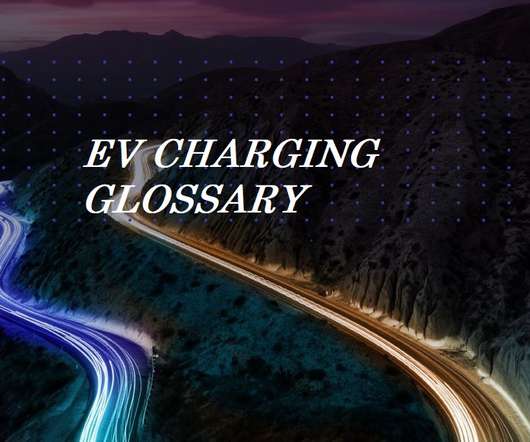
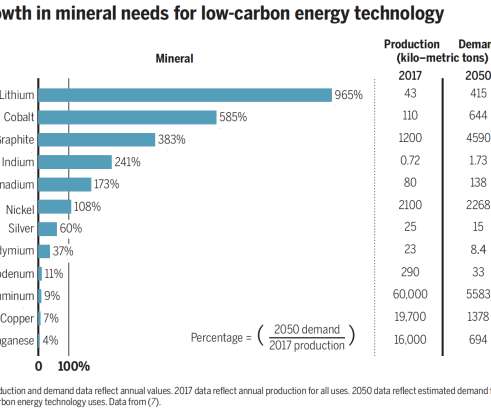
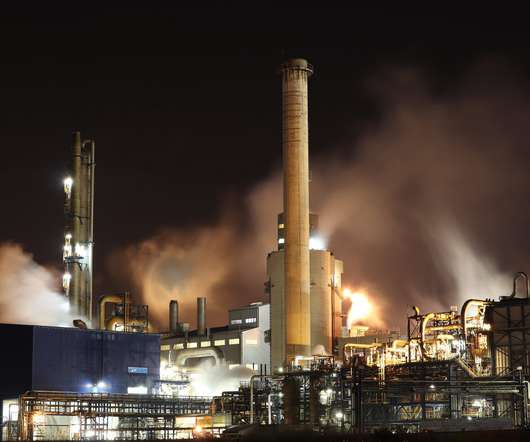








Let's personalize your content